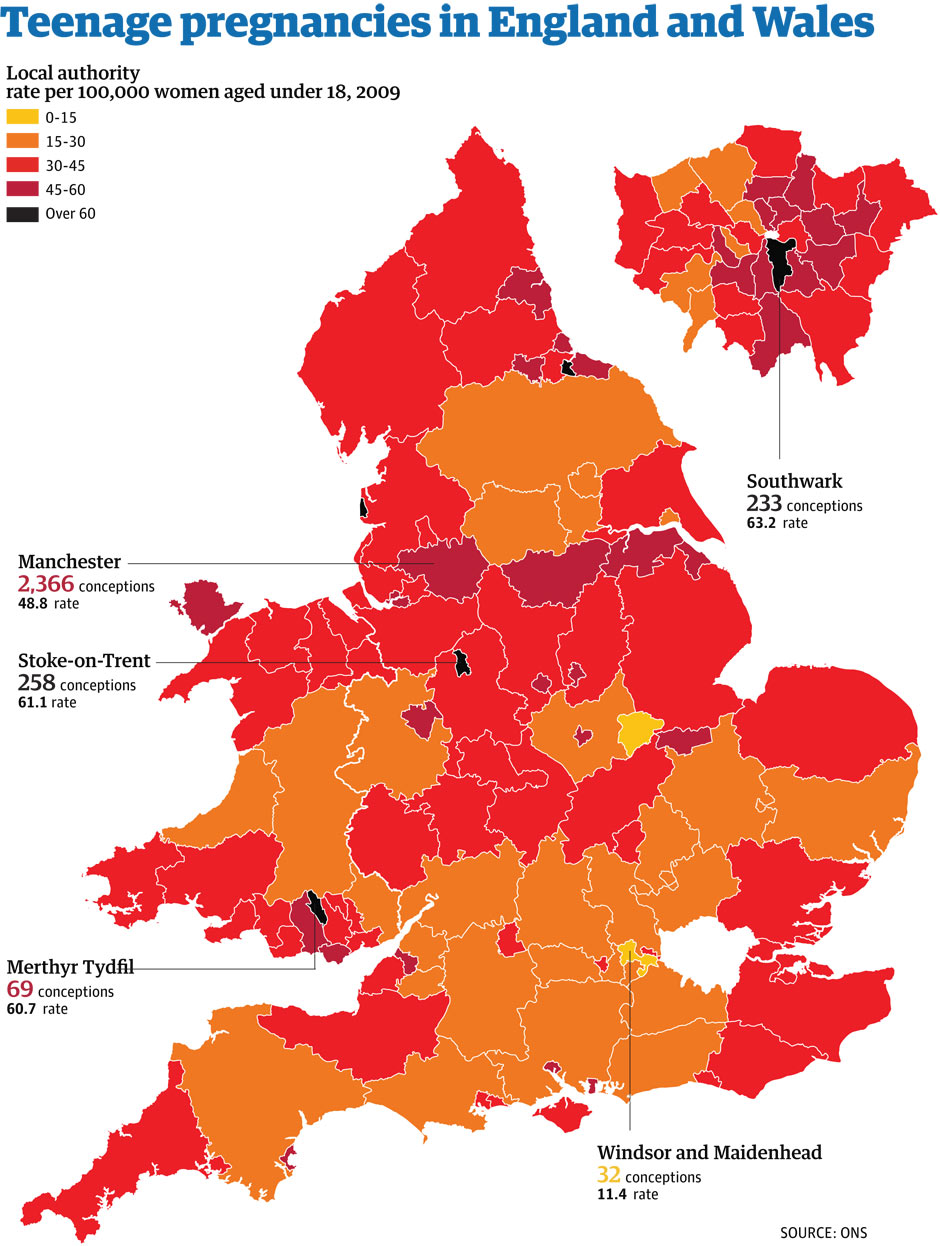
Teenage Pregnancy in the UK: A Comprehensive Overview
Teenage pregnancy, defined as a pregnancy occurring in a female under the age of 20, remains a significant public health concern in the United Kingdom. Despite a decline in rates over the past few decades, the UK still has one of the highest teenage pregnancy rates in Western Europe. This article provides a comprehensive overview of teenage pregnancy in the UK, examining its causes, consequences, and potential solutions.
Causes of Teenage Pregnancy
The causes of teenage pregnancy are complex and multifaceted. However, several key factors have been identified as contributing to the problem:
- Socioeconomic factors: Teenage girls from disadvantaged backgrounds are more likely to become pregnant. Poverty, lack of education, and limited access to healthcare and contraception contribute to increased risk.
- Lack of comprehensive sex education: Many teenagers lack access to comprehensive sex education, which can provide them with the knowledge and skills necessary to make informed decisions about their sexual health.
- Peer pressure and social norms: Peer pressure and social norms can influence teenagers’ sexual behavior. In some communities, teenage pregnancy is seen as acceptable or even desirable.
- Mental health issues: Teenage girls with mental health problems, such as depression or anxiety, are more likely to engage in risky sexual behavior.
- Abuse and exploitation: Teenage girls who have experienced abuse or exploitation are at increased risk of pregnancy.
Consequences of Teenage Pregnancy
Teenage pregnancy can have significant consequences for both the young mother and her child:
- Health risks: Teenage mothers are more likely to experience health complications during pregnancy and childbirth. Their babies are also more likely to be born prematurely or with low birth weight.
- Educational and economic challenges: Teenage mothers are more likely to drop out of school and face economic difficulties. They may have limited job opportunities and earning potential.
- Social stigma: Teenage mothers often face social stigma and discrimination, which can further limit their opportunities.
- Long-term health and well-being: Teenage mothers and their children are more likely to experience long-term health and well-being issues, such as chronic health conditions, mental health problems, and poverty.
Potential Solutions
Addressing teenage pregnancy requires a comprehensive approach that involves multiple stakeholders, including government, healthcare providers, educators, and community organizations. Key potential solutions include:
- Improving access to comprehensive sex education: All teenagers should have access to comprehensive sex education that provides them with accurate information about sexual health, contraception, and pregnancy prevention.
- Addressing socioeconomic disparities: Reducing socioeconomic disparities by providing support to disadvantaged families and improving access to education and healthcare can help reduce teenage pregnancy rates.
- Empowering teenage girls: Empowering teenage girls by providing them with the knowledge, skills, and resources they need to make informed decisions about their sexual health is crucial.
- Providing support services: Providing support services to teenage mothers, such as prenatal care, parenting classes, and housing assistance, can help them and their children thrive.
- Changing social norms: Changing social norms around teenage pregnancy and promoting positive attitudes towards sexual health and contraception can help reduce stigma and encourage responsible behavior.
Conclusion
Teenage pregnancy remains a significant public health concern in the UK. Its causes are complex and multifaceted, and its consequences can be severe for both the young mother and her child. Addressing teenage pregnancy requires a comprehensive approach that involves multiple stakeholders and focuses on improving access to comprehensive sex education, addressing socioeconomic disparities, empowering teenage girls, providing support services, and changing social norms. By working together, we can create a society where all young people have the knowledge, skills, and support they need to make informed decisions about their sexual health and avoid the risks associated with teenage pregnancy.